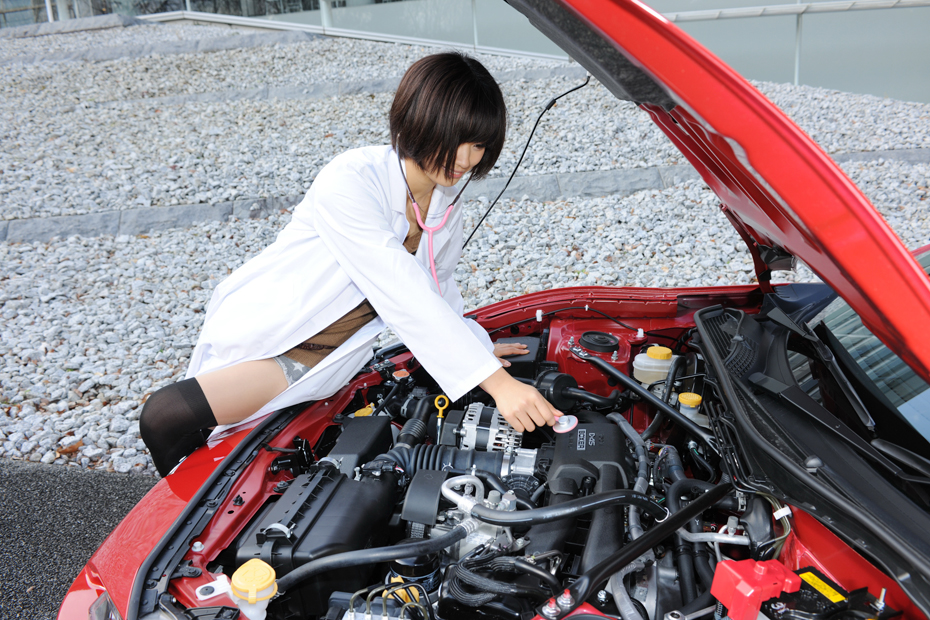Ok guys... we already know that the Toyobaru's engine is torque-ill...


So, Toyota and Subaru have to get to an agreement soon about using a more powerful version of the Subaru 1.6L DI Turbo engine in the Toyobaru, say 200-210 hp, to at least match the NA engine BUT with the BIG advantage of having much more torque (250 Nm at least) over a broader RPM range... Everyone else is doing it, the last one being Mercedes with the
petrol engines in the new A-Class: Powerful, responsive and super-clean!
Quote:
The A 200 BlueEFFICIENCY with the same displacement of 1595 cc develops 115 kW (156 hp) and a maximum torque of 250 Nm, which is likewise available from 1250 to 4000 rpm. It sprints from zero to 100 km/h in 8.4 seconds (8.3 seconds) and has a top speed of 224 km/h (224 km/h), but is happy with an average 5.5 l/100 km of fuel (5.4 l/100 km), corresponding to CO2 emissions of 129 g/km (127 g/km).
No turbo-lag thanks to scavenging
Above all, Mercedes-Benz engineers were able to obtain a high output from a small displacement by the use of a turbocharger. This forces the intake air into the combustion chambers at a pressure of up to 1.9 bar, with the turbine vanes rotating at up to 230,000 rpm. The charger has been designed to deliver high torque even at low engine speeds. A newly developed manifold turbocharger module is integrated and positioned in front of the engine for the best possible cooling. Separate exhaust ducting from the cylinders to the turbocharger and the high exhaust temperature of up to 1050 degrees Celsius make optimal use of the exhaust gas energy, producing a high output and outstanding responsiveness.
By using a combination of direct injection and variable adjustment of the intake and exhaust camshafts, the developers were also able to exploit the advantages of so-called scavenging: partly overlapping the opening times of the intake and exhaust valves causes some of the cold intake air to flush the hot exhaust gas from the cylinder into the exhaust manifold, which considerably improves charging compared to conventional operation.
Especially at low engine speeds, and thanks to the increased mass flow in the exhaust tract, the turbocharger also responds much more rapidly – this completely avoids any “turbo-lag” or delay when moving off. The direct injection system ensures that the fresh gas is not yet mixed with fuel when it enters the cylinder, as would be the case in engines with manifold injection. There are therefore no undesirable scavenging losses, i.e. unburned fuel flushed into the exhaust manifold.
Torque levels like a diesel
As a result the new 1.6-litre four-cylinder in the A-Class already delivers its maximum torque at 1250 rpm, maintaining it to 4000 rpm.
|
